Port to Door Supply Logistics: Streamlining U.S. Distribution with Commercial Warehousing
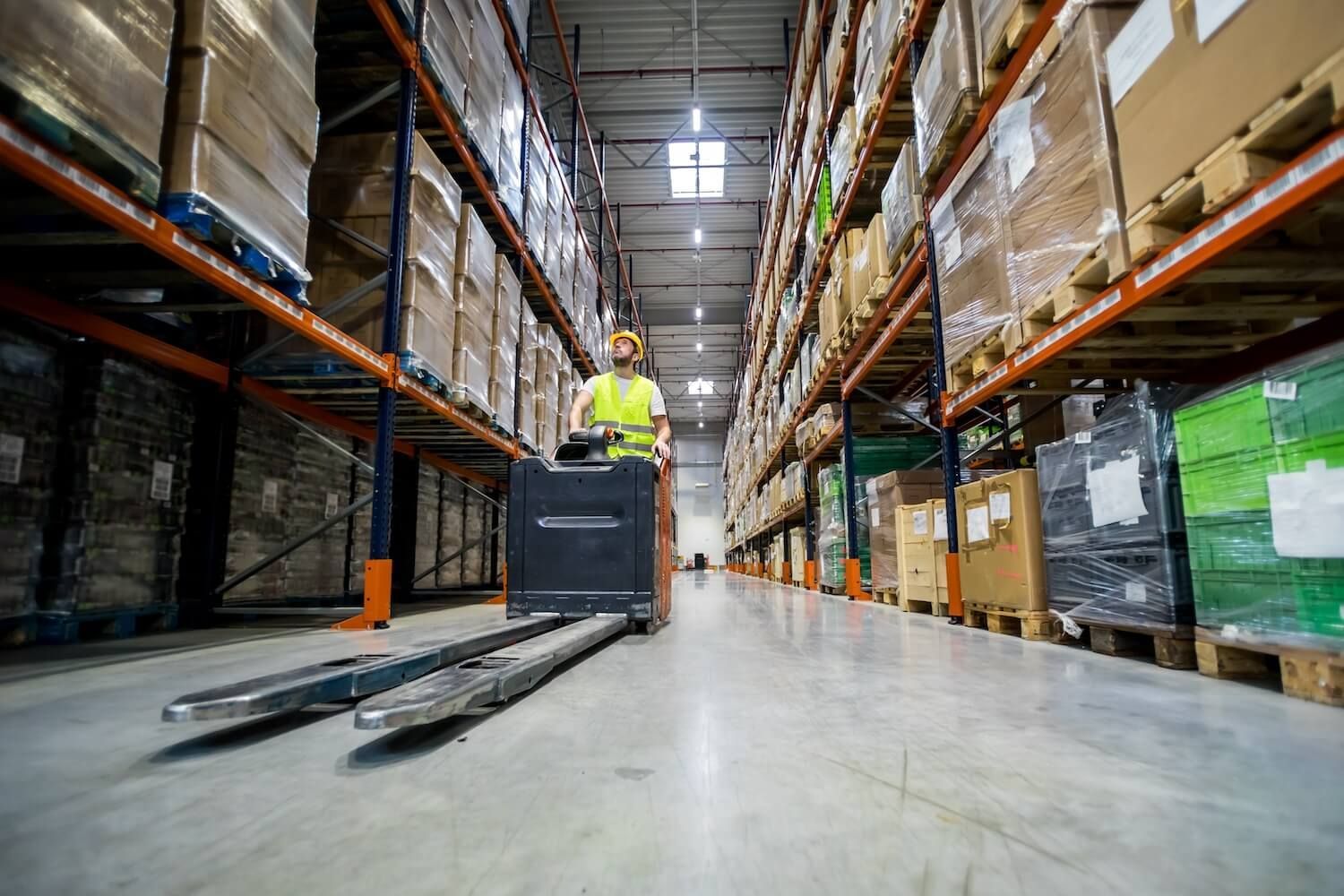
Navigating the intricate maze of modern distribution can feel like a constant battle against time and unexpected hurdles. Perhaps your company has experienced it firsthand: a critical shipment, poised to delight waiting customers, gets caught in a bottleneck hundreds of miles from its destination. Or maybe you've seen a meticulously planned supply chain unravel due to unforeseen delays at a distant port, leading to frustrated customers and eroding brand loyalty. In a world demanding instant gratification and seamless service, these aren't just minor inconveniences; they’re significant threats to your bottom line and your reputation.
The global marketplace has shifted dramatically. What once worked for international shipping and domestic delivery often falls short in today's rapid-fire environment. As goods traverse oceans and continents, the final leg of their journey—the path from port to door—has become the ultimate differentiator. It’s here, within the borders of the U.S., that many companies face their greatest distribution challenges. The sheer scale of the country, combined with evolving consumer expectations, means relying on outdated strategies is no longer sustainable.
The Silent Struggle in U.S. Supply Chains
Consider the daily realities of managing a complex supply chain for a growing e-commerce brand or a national retailer. You might excel at forecasting demand, negotiating with international carriers, and ensuring products land safely on U.S. shores. But often, the biggest headaches begin once those containers clear customs.
Picture a stressful period. A new line of seasonal goods arrives, destined for customers across all 50 states. The containers are offloaded at a major West Coast port, then loaded onto trucks for cross-country journeys. What often follows is a cascade of issues: traffic delays in congested urban centers, unexpected weather events, and critical shortages of available truck drivers for certain routes. Each delay ripples through the system, triggering a flurry of customer service inquiries, negative social media comments, and, eventually, a noticeable dip in repeat purchases.
This frustration isn't with dedicated teams or even the products themselves. It’s with a system that feels inherently reactive, constantly battling external forces rather than proactively controlling them. Moving products thousands of miles domestically, without strategically placed staging points, makes every journey feel like a risky expedition. This struggle is shared by countless businesses grappling with U.S. distribution. They understand the importance of getting products to market, but the domestic leg of the journey often remains a black box of unpredictable costs and frustrating inefficiencies.
The Unseen Costs of Inefficient Domestic Logistics
The challenges outlined above are not isolated incidents. They are symptoms of a larger issue: a distribution model that hasn't fully adapted to modern commerce. Many companies, especially those heavily involved in global trade, focus intensely on international freight and port operations, only to treat domestic distribution as an afterthought—a necessary but often overlooked expense. This oversight leads to significant, often hidden, costs:
- Excessive Transit Times: Long hauls from a single major port mean days, or even weeks, added to delivery schedules. This directly impacts customer satisfaction, especially in an age of "same-day" and "next-day" expectations. For B2B clients, it can mean missed production schedules or delayed product launches.
- High Transportation Expenses: Full truckload (FTL) shipping across the country is expensive. If a product needs to be broken down into smaller shipments for regional delivery, less-than-truckload (LTL) costs can quickly add up, often with less predictable delivery windows.
- Increased Risk of Damage and Loss: The more hands a product passes through, and the longer it spends in transit, the higher the risk of damage, theft, or misplacement. Each incident means replacement costs, reshipment fees, and further delays.
- Elevated Inventory Carrying Costs: To mitigate long transit times, some companies resort to holding larger quantities of inventory at their primary receiving points. This ties up capital, requires more storage space, and increases the risk of obsolescence.
- Diminished Customer Satisfaction: Ultimately, every hiccup in the distribution process directly impacts the end customer. Late deliveries, damaged goods, or a lack of transparency in tracking erode trust and push customers toward competitors who offer a more seamless experience.
These are not just line items on a balance sheet; they are tangible threats to profitability, market share, and brand reputation. The current landscape, marked by volatile fuel prices, labor shortages, and increasing consumer demands, makes addressing these inefficiencies not just an option but an urgent necessity. This is where the strategic power of commercial warehousing comes into play, transforming a reactive approach into a proactive, optimized system.

A New Way Forward: The Strategic Imperative of Commercial Warehousing
Imagine if your company had a network of strategically located commercial warehouses across the U.S. instead of relying on a single, distant hub. When your seasonal goods arrived on the West Coast, a portion could be immediately transferred to a regional warehouse in the Midwest, another to the South, and a third to the Northeast. From these distributed points, products could then reach their final destinations with significantly reduced transit times and costs.
This isn’t just a hypothetical scenario; it’s the proven model that leading companies are adopting to redefine their domestic logistics. The core principle is simple yet profoundly impactful: bring the inventory closer to the customer.
Commercial warehousing facilities, when strategically placed, act as vital nerve centers in your distribution network. They are not merely static storage units; they are dynamic hubs designed for:
- Proximity to Major Markets: Placing warehouses near dense population centers or key industrial zones dramatically shrinks the "last mile" for delivery. This means products spend less time on the road and more time in the hands of your customers.
- Optimized Fulfillment: Modern commercial warehouses are equipped with advanced inventory management systems, efficient picking and packing processes, and direct access to regional shipping carriers. This allows for optimized fulfillment, where orders are processed quickly and accurately, regardless of their final destination.
- Agile Response to Demand: By decentralizing inventory, businesses can respond more flexibly to regional fluctuations in demand. A sudden surge in orders from the Southeast? Inventory is already there, ready to be dispatched, avoiding costly cross-country transfers.
- Reduced Transportation Costs: Instead of multiple LTL shipments originating from a single point, products can be moved in bulk (FTL) to regional warehouses, and then broken down for shorter, more efficient LTL or parcel deliveries within a localized zone. This significantly lowers overall freight expenses.
- Enhanced Customer Satisfaction: Faster, more reliable deliveries directly translate into happier customers. When orders arrive on time, or even ahead of schedule, it builds trust, encourages repeat business, and transforms positive delivery experiences into a competitive advantage.
This strategic shift from a centralized distribution model to a decentralized, networked approach is not just about efficiency; it's about competitive advantage. In a market where customer expectations are higher than ever, the ability to deliver quickly and reliably isn’t a luxury—it’s a fundamental requirement for growth.
Crafting Your Competitive Edge: The Power of Optimized Fulfillment
The true magic of well-placed commercial warehousing lies in its ability to enable optimized fulfillment. It's not just about storage; it's about a holistic approach to getting products from your receiving dock to your customer's door with unparalleled speed and precision.
Consider the ripple effects:
- Faster Last-Mile Delivery: With inventory closer to the end-user, the notorious "last mile" becomes a sprint, not a marathon. This is crucial for last-mile delivery, the most expensive and complex part of the supply chain. Shorter distances mean quicker turnaround times, often enabling next-day or even same-day delivery options that are increasingly vital for consumer satisfaction and B2B operational needs.
- Scalability and Flexibility: A network of commercial warehouses provides inherent scalability. As your business grows or demand shifts seasonally, you can easily adjust your inventory distribution without overhauling your entire logistics infrastructure. This flexibility is invaluable in today's unpredictable market.
- Risk Mitigation: Diversifying your inventory across multiple locations reduces risk. If one region faces a natural disaster, a transportation strike, or an unexpected operational disruption, your entire supply chain isn't crippled. Other warehouses can pick up the slack, ensuring business continuity.
- Improved Inventory Management: Advanced Warehouse Management Systems (WMS) integrated across a network of facilities provide real-time visibility into inventory levels, order status, and shipment tracking. This data-driven approach allows for more accurate forecasting, reduced stockouts, and minimized overstocking, leading to better cash flow and reduced carrying costs.
- Strategic Growth Enabler: For companies looking to expand into new markets within the U.S., a pre-existing network of commercial warehouses provides a low-friction entry point. You can test new regions, serve new customer segments, and scale operations without the significant capital expenditure of building your facilities.
This isn't about simply renting space; it's about leveraging strategic partnerships and infrastructure to redefine what's possible for your business. It transforms domestic distribution from a cost center into a strategic asset, empowering you to meet customer demands, outmaneuver competitors, and unlock new avenues for growth.
From Frustration to Fluidity: A Partner in Your Success
Many companies have found their solution by partnering with providers of comprehensive commercial warehousing services. This isn't just about finding storage space; it's about integrating into a sophisticated network designed for U.S. distribution efficiency.
The impact is immediate and profound. Shipments from international ports are strategically routed to regional warehouses, minimizing cross-country transit times. Teams gain real-time visibility into inventory and order fulfillment, allowing them to proactively address potential issues before they become problems. Customer complaints about slow deliveries plummet, and positive reviews soar. Supply chain managers often find themselves spending less time fighting fires and more time focusing on strategic initiatives—optimizing inventory, exploring new markets, and enhancing the overall customer experience.
The relief felt is palpable. The constant pressure of unpredictable delays lifts, replaced by a sense of control and confidence. Your company's domestic logistics, once a source of anxiety, can become a streamlined, competitive advantage. You're no longer just selling products; you're delivering experiences, on time, every time.
Your Path to Seamless U.S. Distribution
The landscape of global trade continues to evolve, bringing new challenges and opportunities. For companies to thrive, their domestic distribution must be as agile and efficient as their international operations. The strategic placement and optimized management of commercial warehousing facilities are no longer a luxury; they are a critical component of a resilient, customer-centric supply chain.
If you’re experiencing the frustrations of inefficient transit times, escalating costs, and diminishing customer satisfaction in your U.S. operations, it's time to explore a new approach. Imagine a distribution network that works for you, not against you—a system that positions your products closer to your customers, reduces your operational overhead, and elevates your brand’s reputation for reliability.
The journey from port to door doesn't have to be a gamble. With the right strategic partners and a network of optimized commercial warehouses, it can become a predictable, cost-effective, and powerful driver of your business success.
Ready to transform your domestic logistics?
It's time to stop reacting to distribution challenges and start proactively shaping your future.
Streamline your U.S. distribution with Razr Logistics' comprehensive commercial warehousing. Discover how a strategically integrated warehousing solution can cut costs, reduce transit times, and significantly enhance your customer satisfaction.

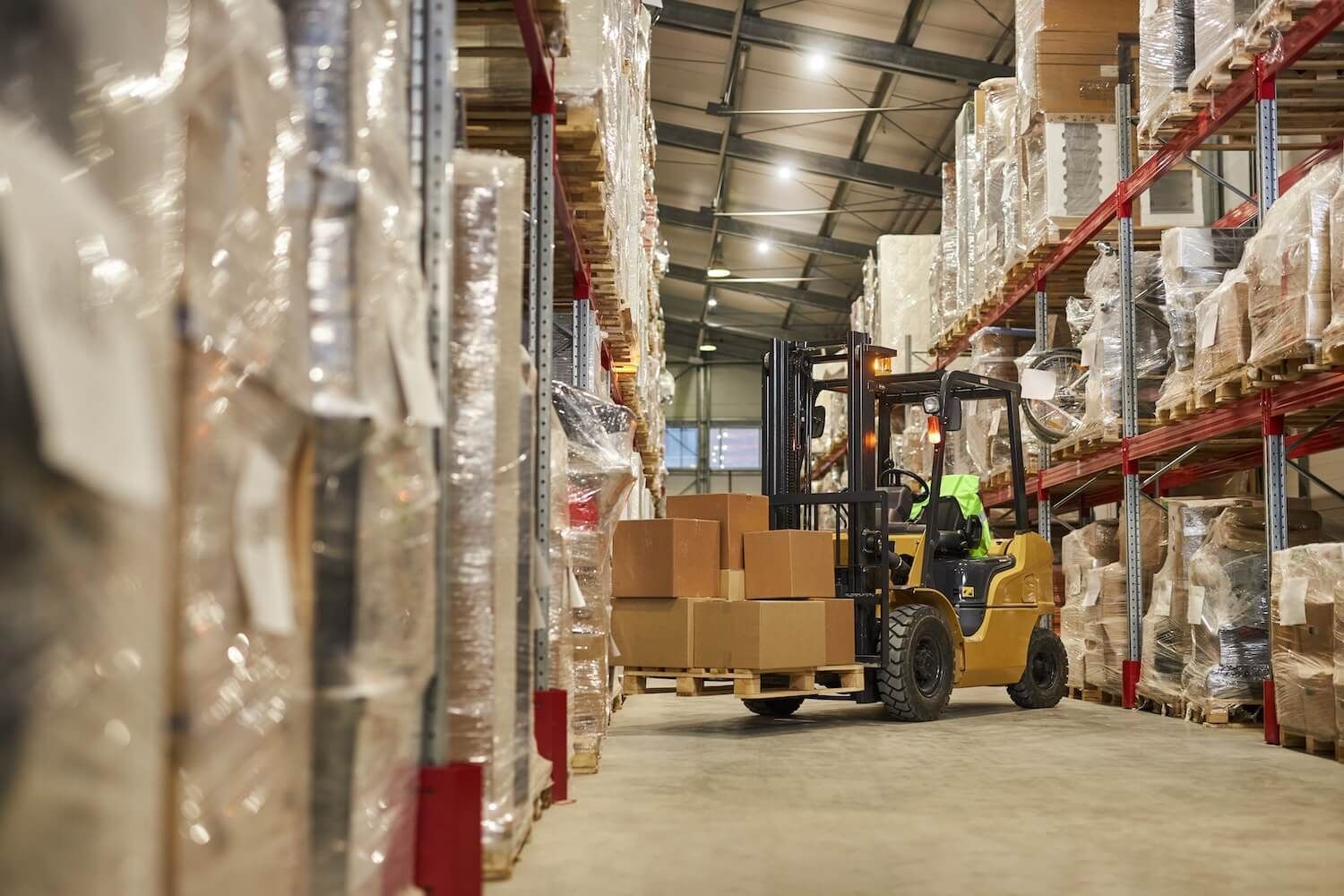

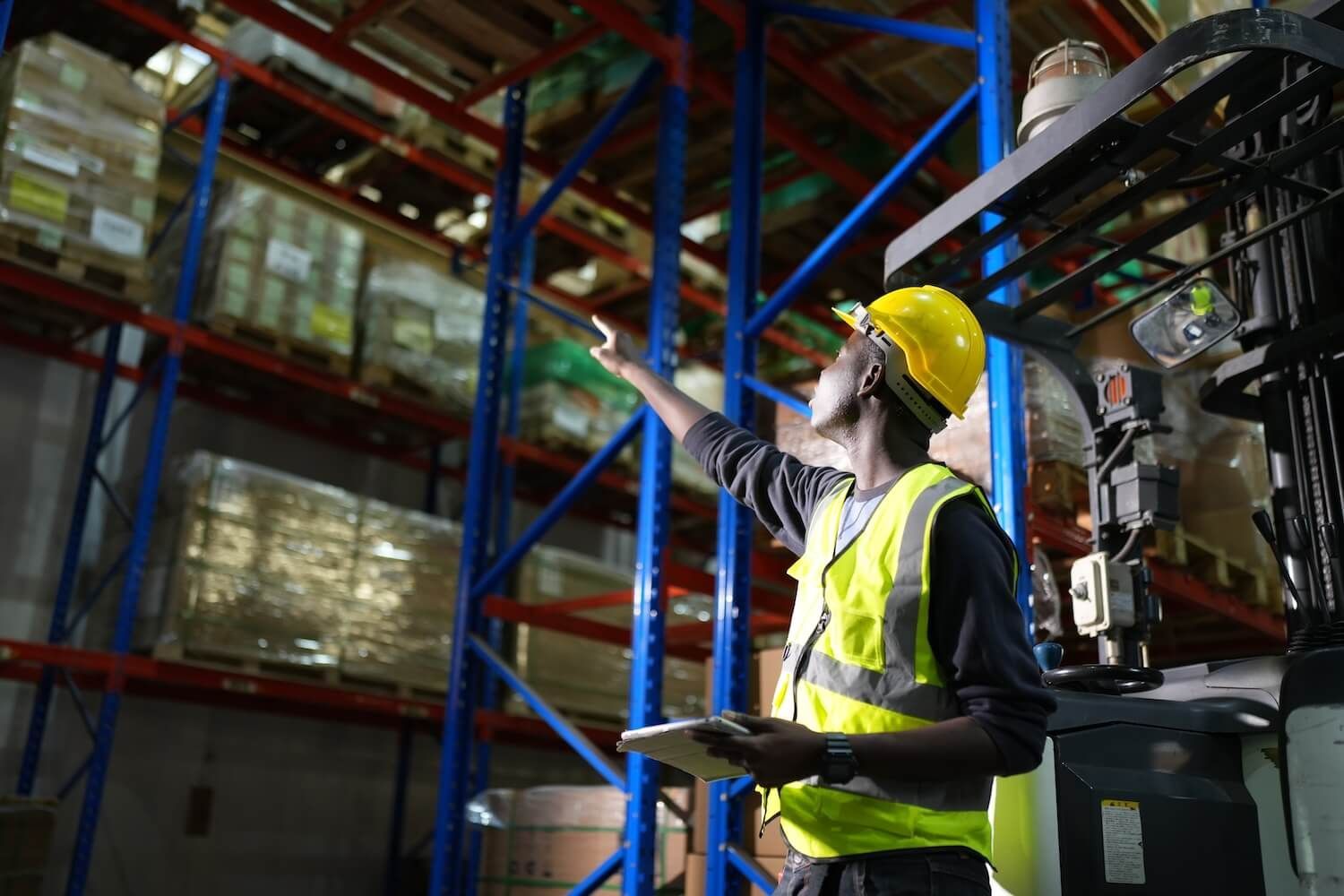
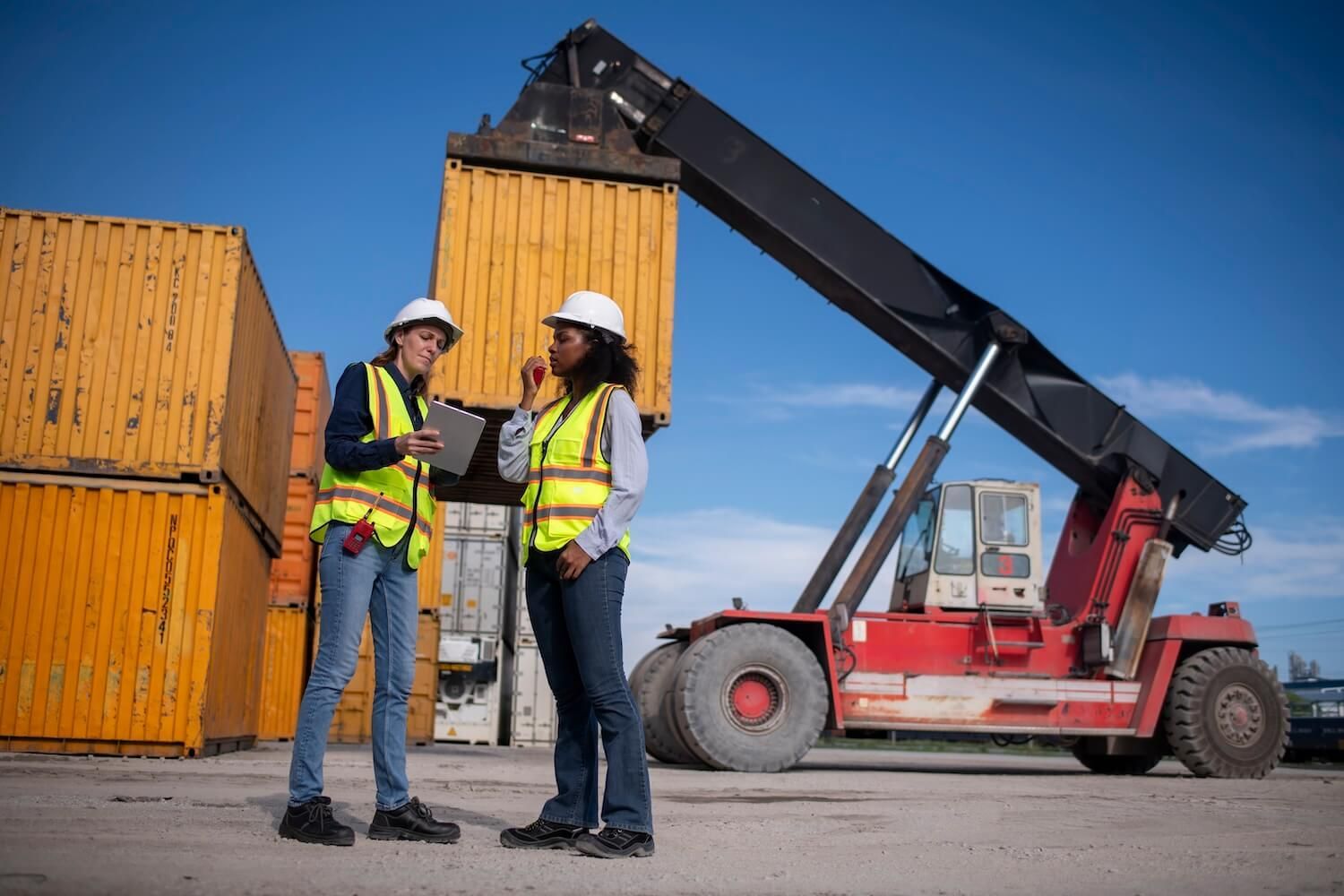
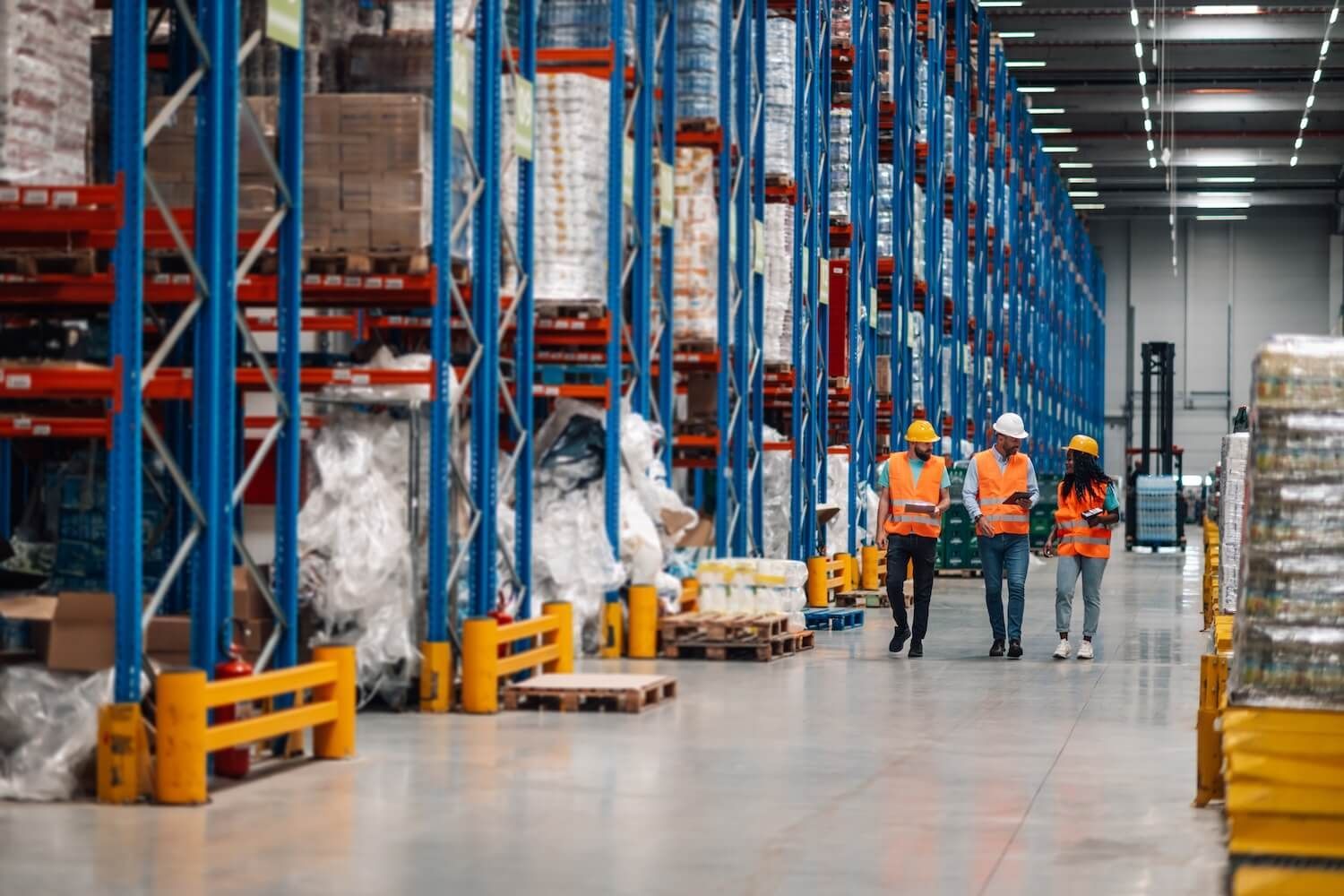
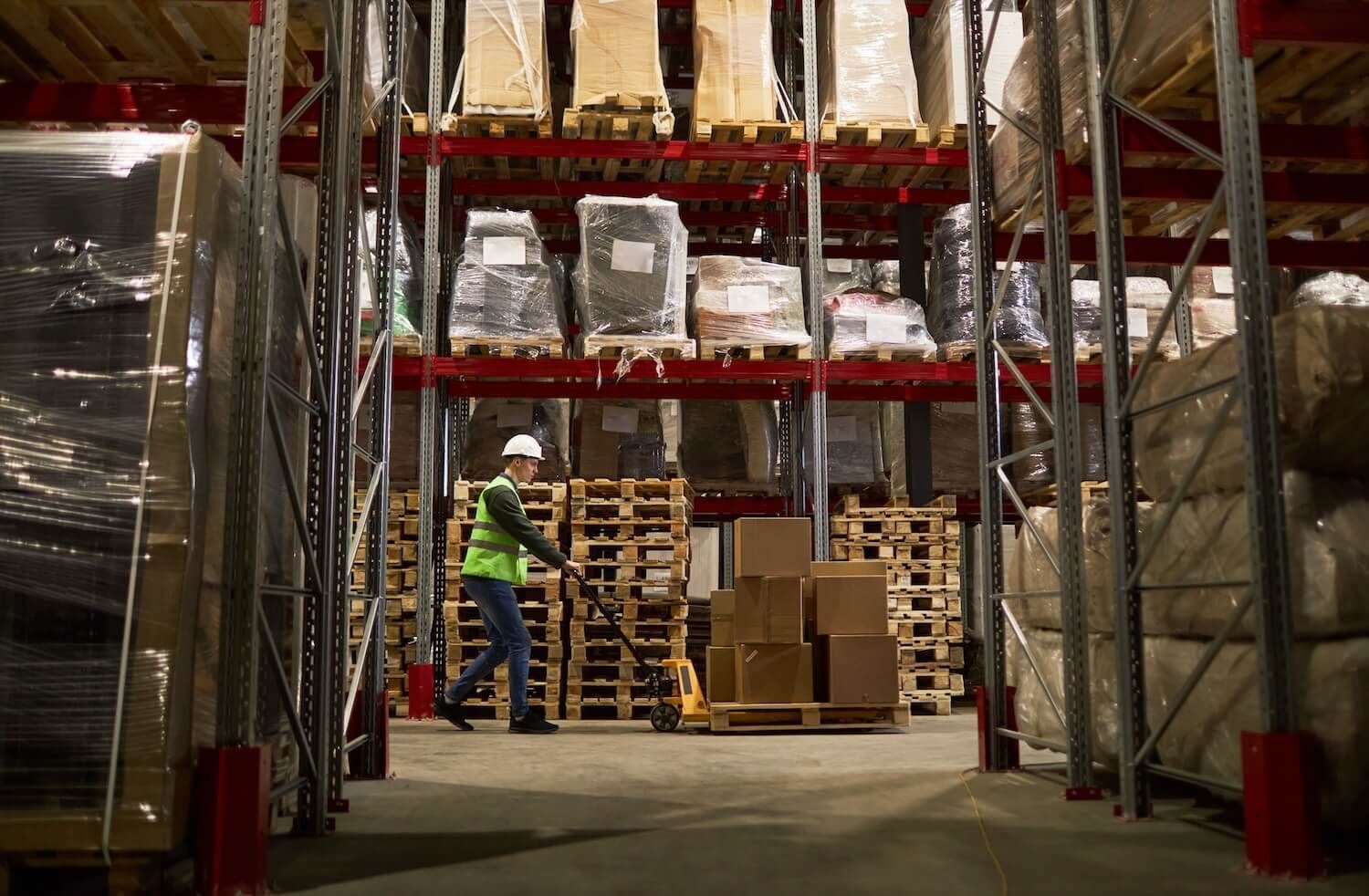

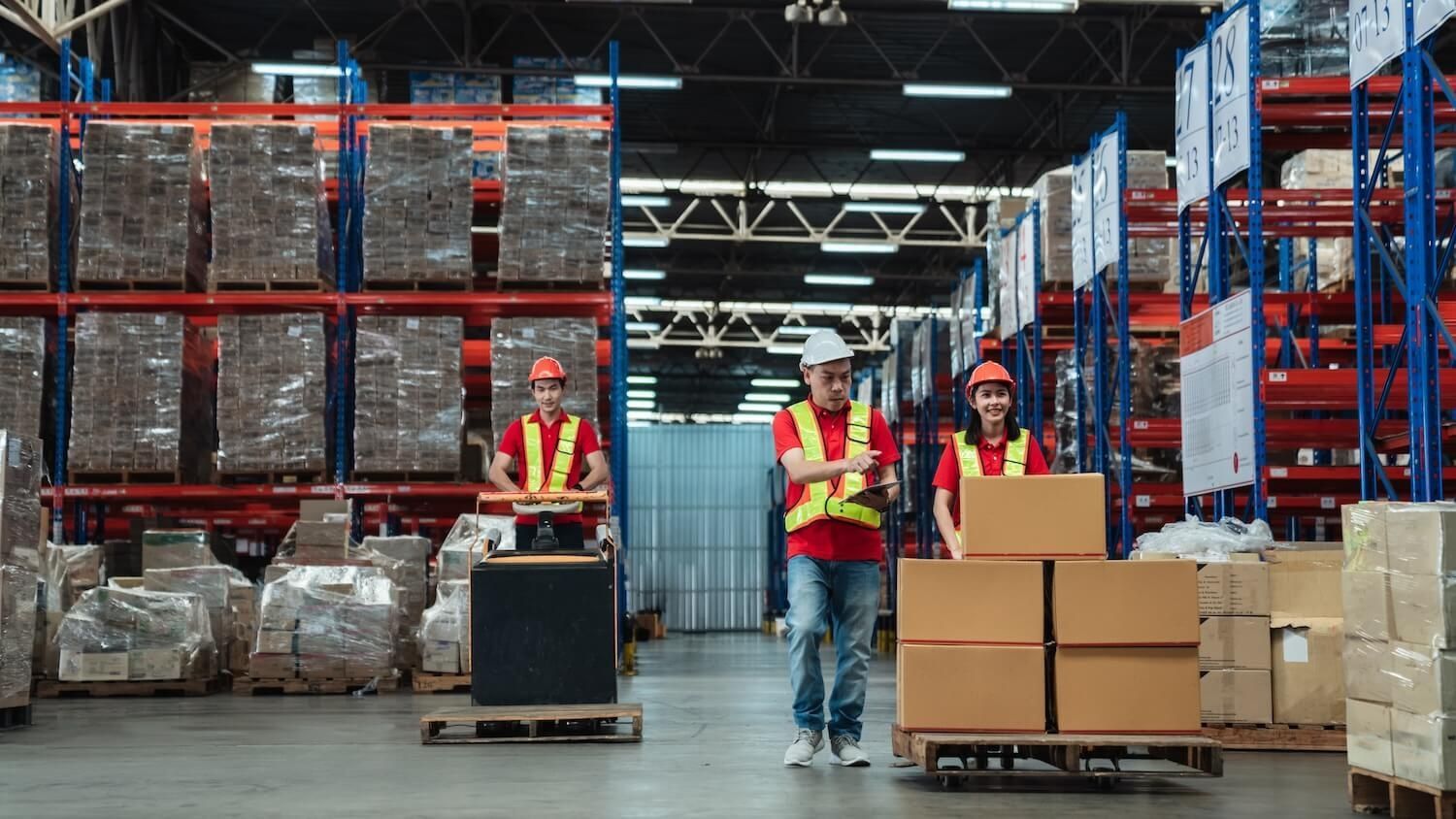
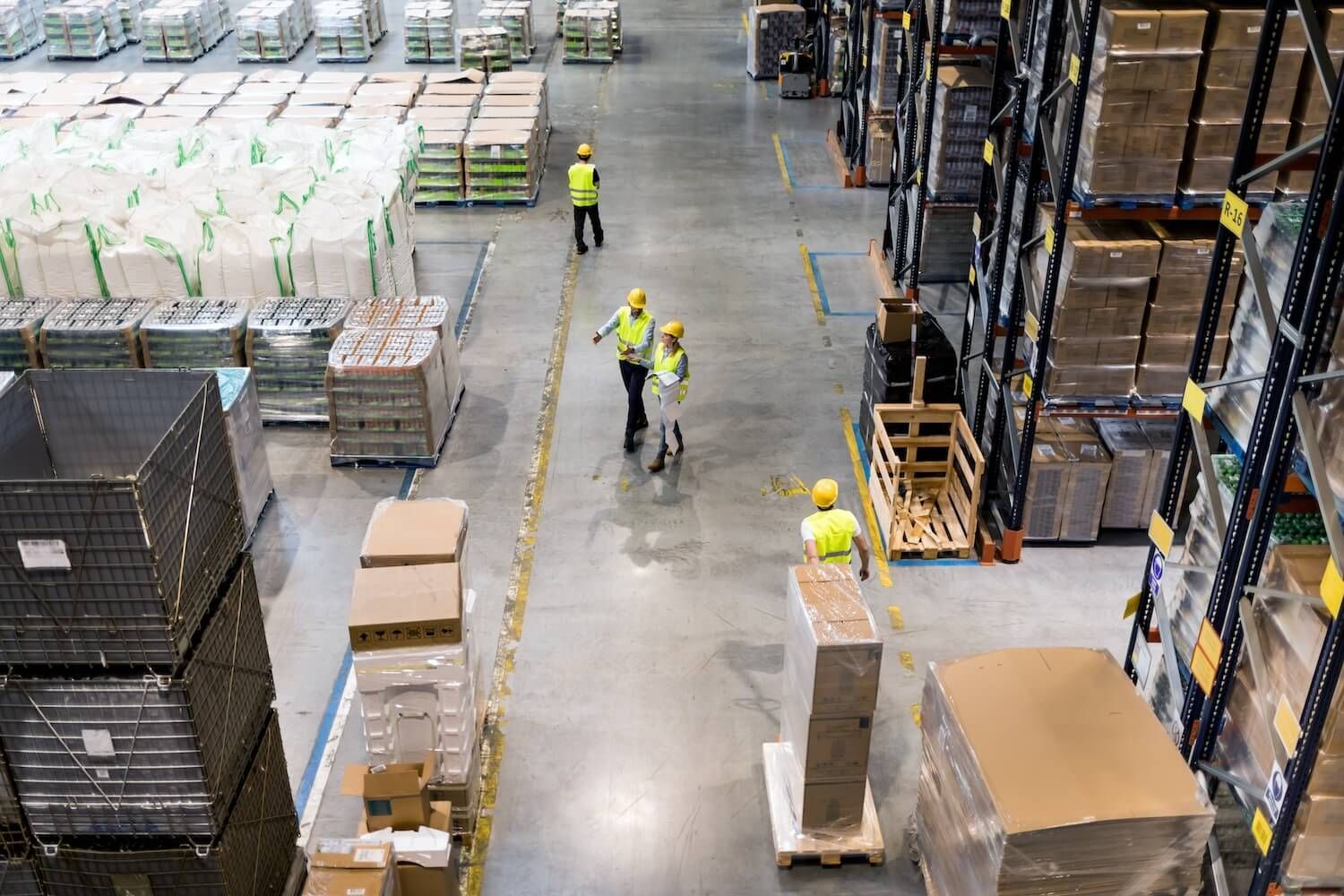
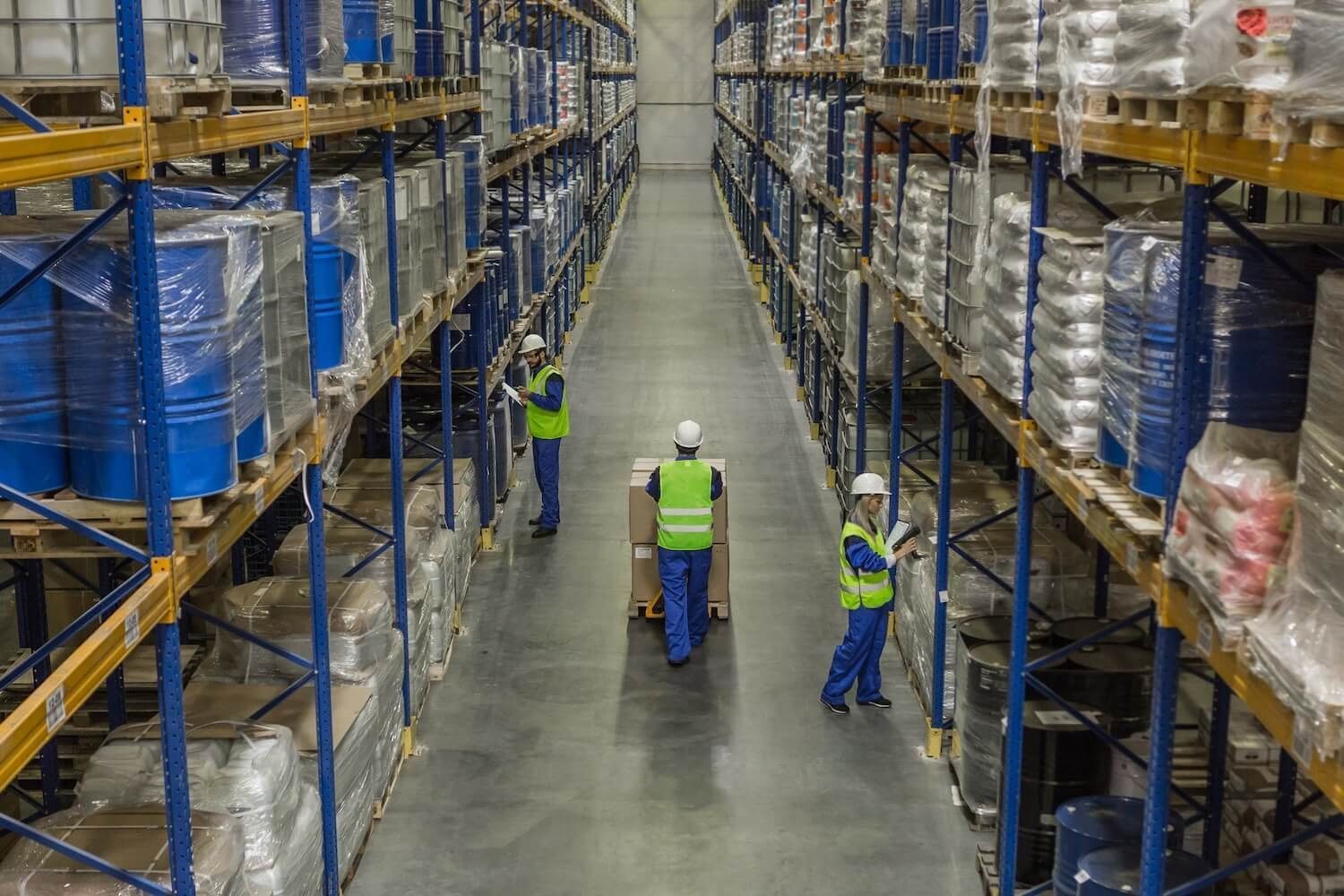

 by
by